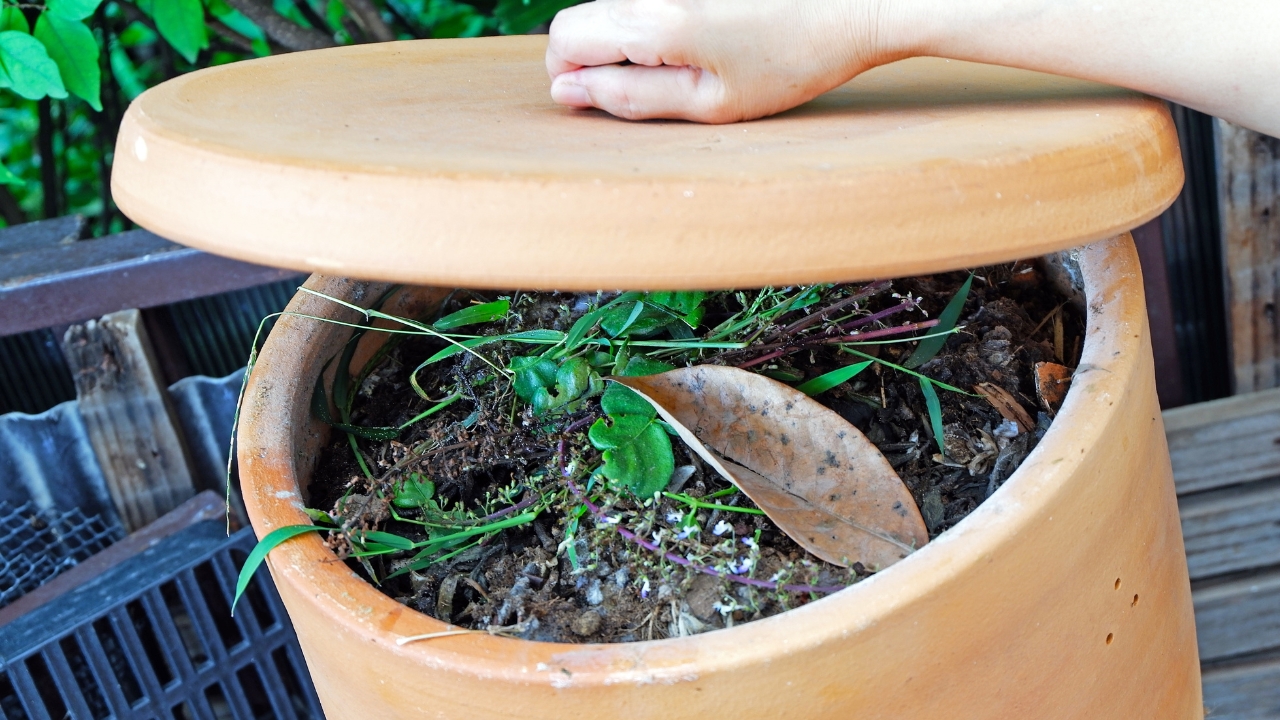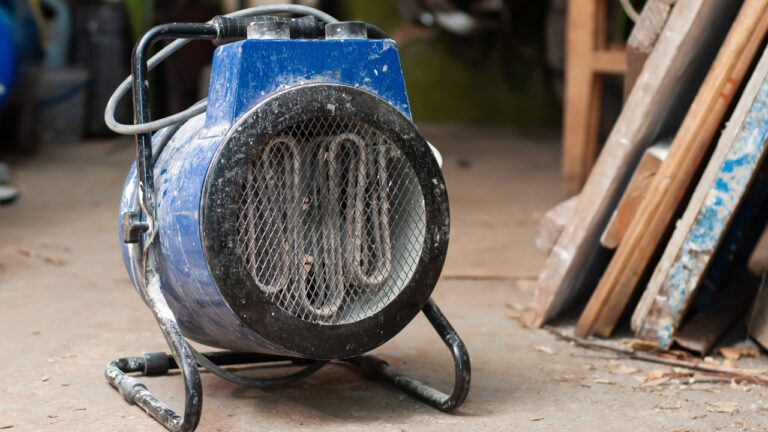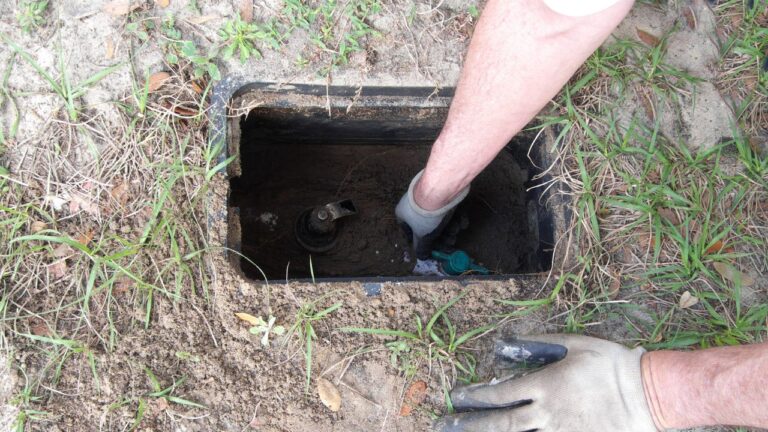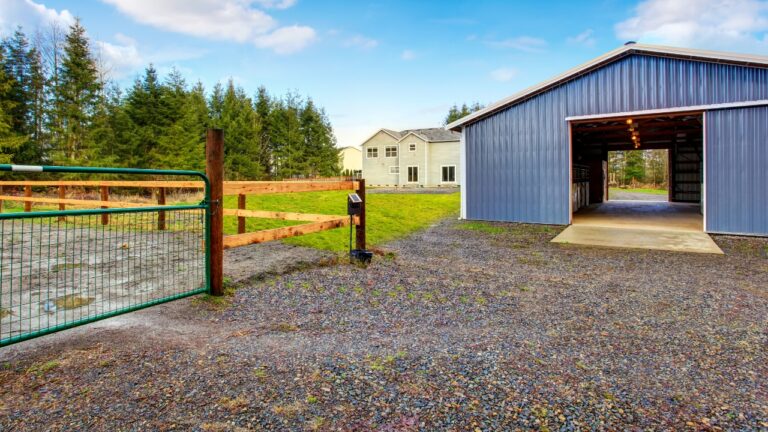Compost inputs that work even in cold weather
Cold slows compost, but it doesn’t stop it. The trick is feeding your pile the kinds of scraps that still break down when the thermometer dips and building a structure that holds a little heat. Winter compost is less “steamy heap” and more “steady crockpot,” and that’s fine. You’re banking material for spring and keeping trash bags lighter right now.
Go small on browns and greens

Shred browns—leaves, cardboard, paper—so air can still move when moisture rises. Small pieces give microbes more surface area to work on, which matters when their metabolism is sluggish.
Greens should be chopped, too. Coffee grounds, tea leaves, and fruit peels are winter all-stars because they’re fine and damp, and they tuck into the pile without creating cold pockets.
Lean on nitrogen-rich boosters

If you’ve got bagged chicken manure or alfalfa pellets, sprinkle a thin layer every time you add a load of leaves. Those little nitrogen pops keep biology interested when temperatures stall.
No farm store nearby? A scoop of blood meal or a splash of diluted fish emulsion on the top layer does the same job. You’re not “fertilizing” the pile—you’re feeding the engine.
Cover the pile to keep heat and moisture balanced

A fitted tarp or a lidded bin keeps rain from waterlogging your hard work. Soggy piles turn anoxic, and that’s when decomposition sulks.
Leave a small gap on the downwind side so the pile can breathe. Even in winter, compost wants a little draft to stay sweet and moving.
Build a core that actually warms up

Start with a coarse base—twigs, corn stalks, straw—then layer browns and greens, finishing with a cap of leaves. That base acts like springs in a mattress, propping up air channels.
If you can, make the heap at least 3×3×3 feet. Smaller piles lose heat too quickly. In very cold zones, two smaller bins combined midwinter often kick back to life just from the mixing.
Add what works; skip what drags

Banana peels, crushed eggshells, citrus rinds, and coffee filters keep the train moving in the cold. Avoid thick, oily leftovers, huge squash shells, and whole corn cobs unless you chop them—large, dense items cool the core and linger.
If you’re overwhelmed with kitchen scraps, keep a “feed” bucket outside and bury small daily handfuls into the top six inches of the pile. Little and often beats a once-a-week mountain.
Turn gently or poke air tunnels

You don’t have to flip the pile aggressively in winter. A compost aerator or a sturdy stake poked in a few places adds enough air without collapsing the structure.
If you do turn, do it on a mild afternoon. Mix the edges inward, tuck a new brown cap on top, and re-cover to trap whatever heat you just made.
Like Fix It Homestead’s content? Be sure to follow us.
Here’s more from us:
10 things that make your house feel less welcoming without saying a word
10 Upgrades That Make Your House Look Fancier Than Your Neighbor’s
*This article was developed with AI-powered tools and has been carefully reviewed by our editors.







